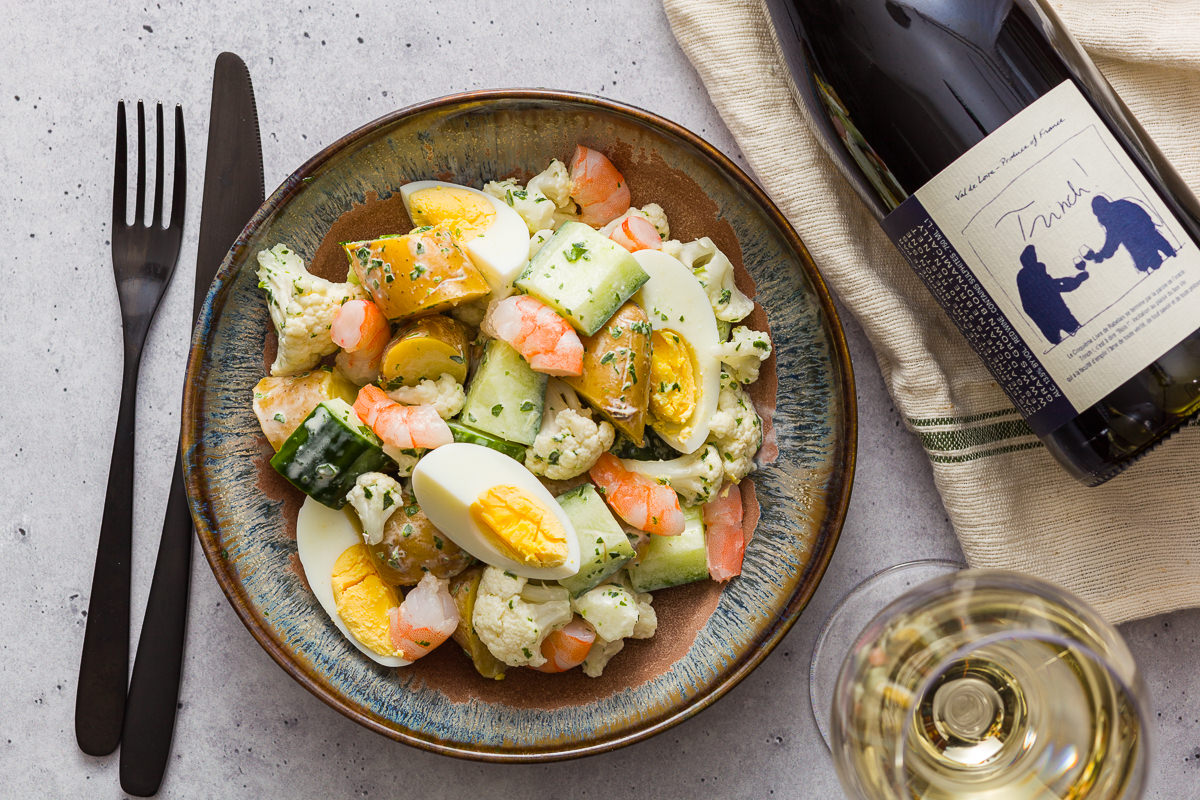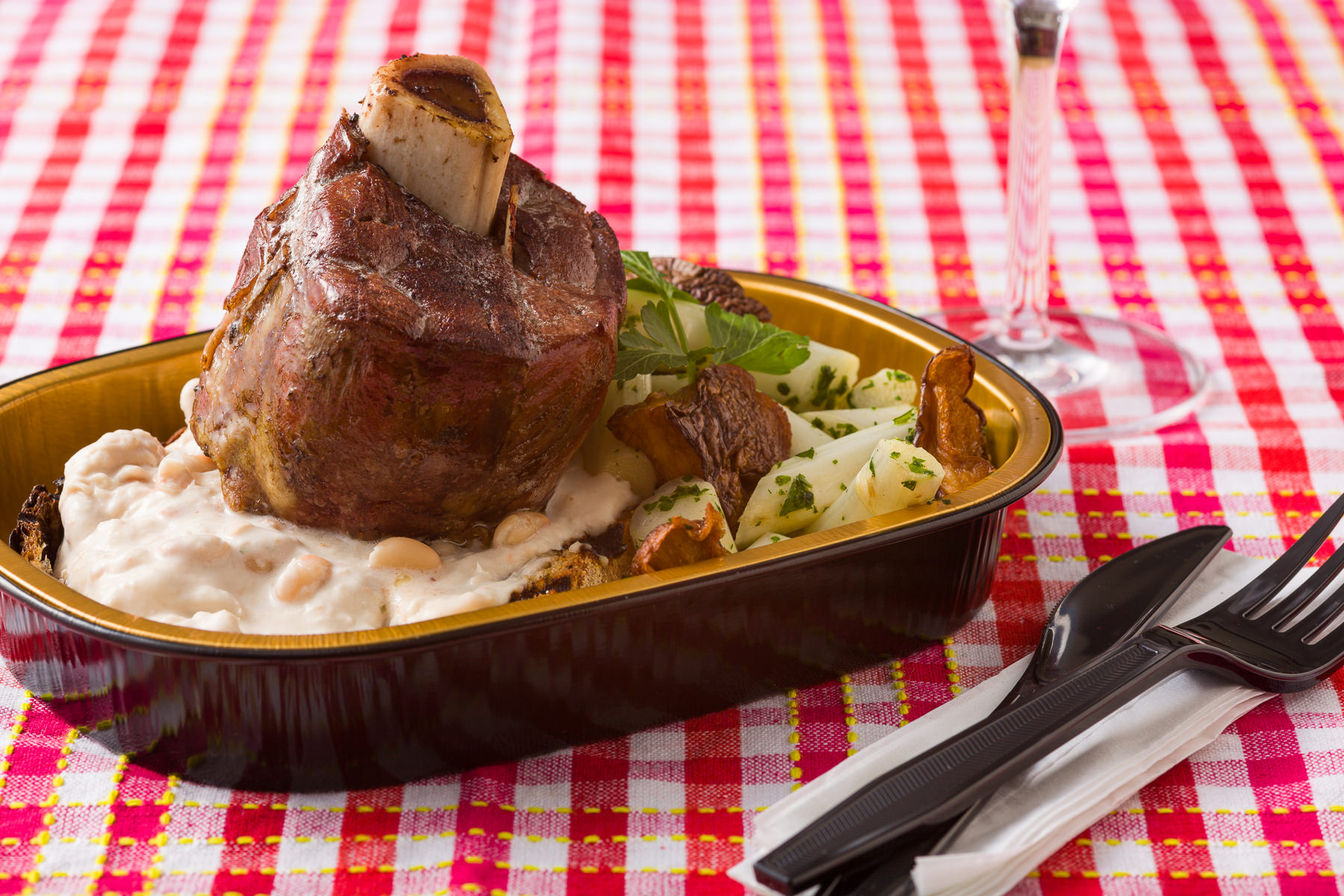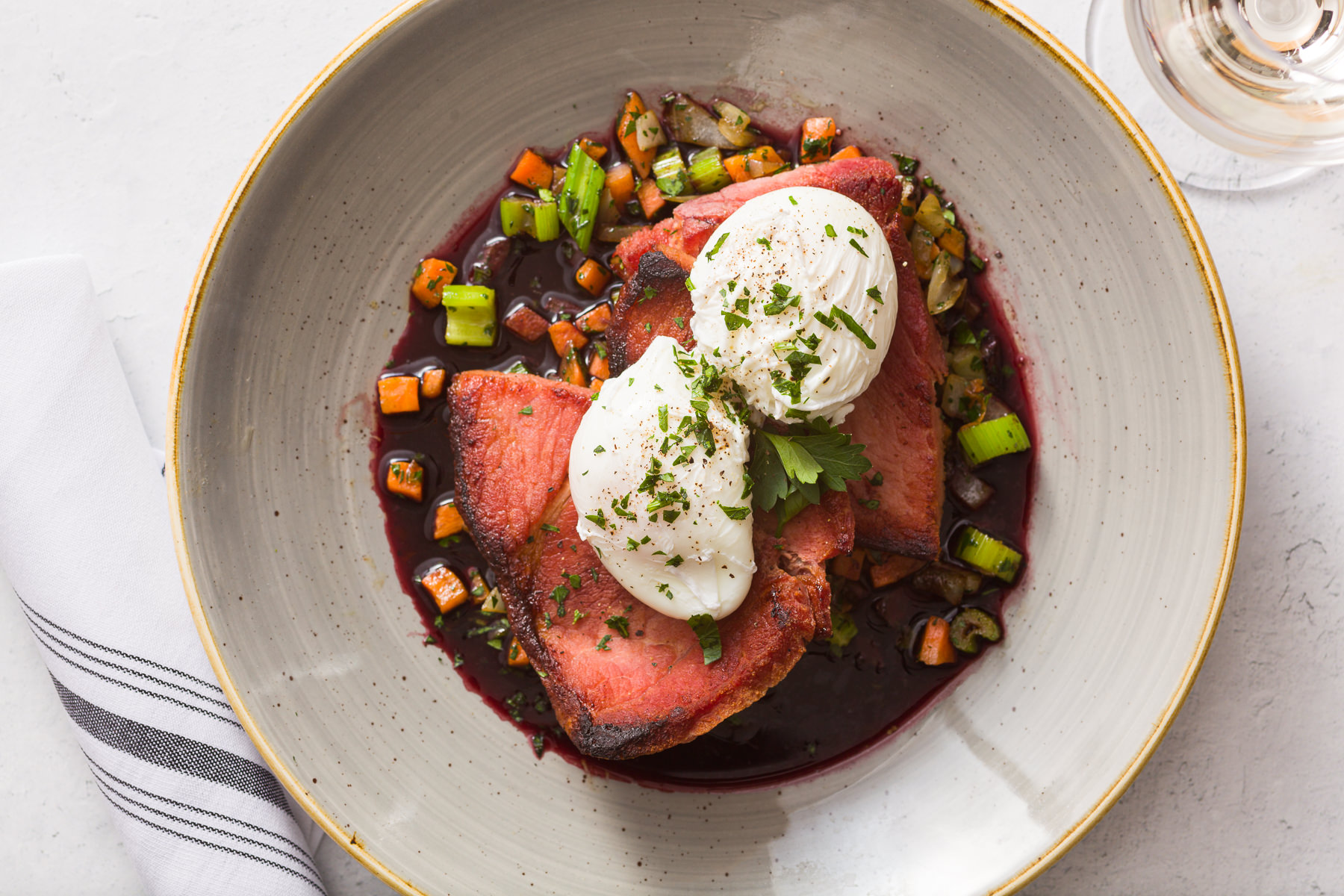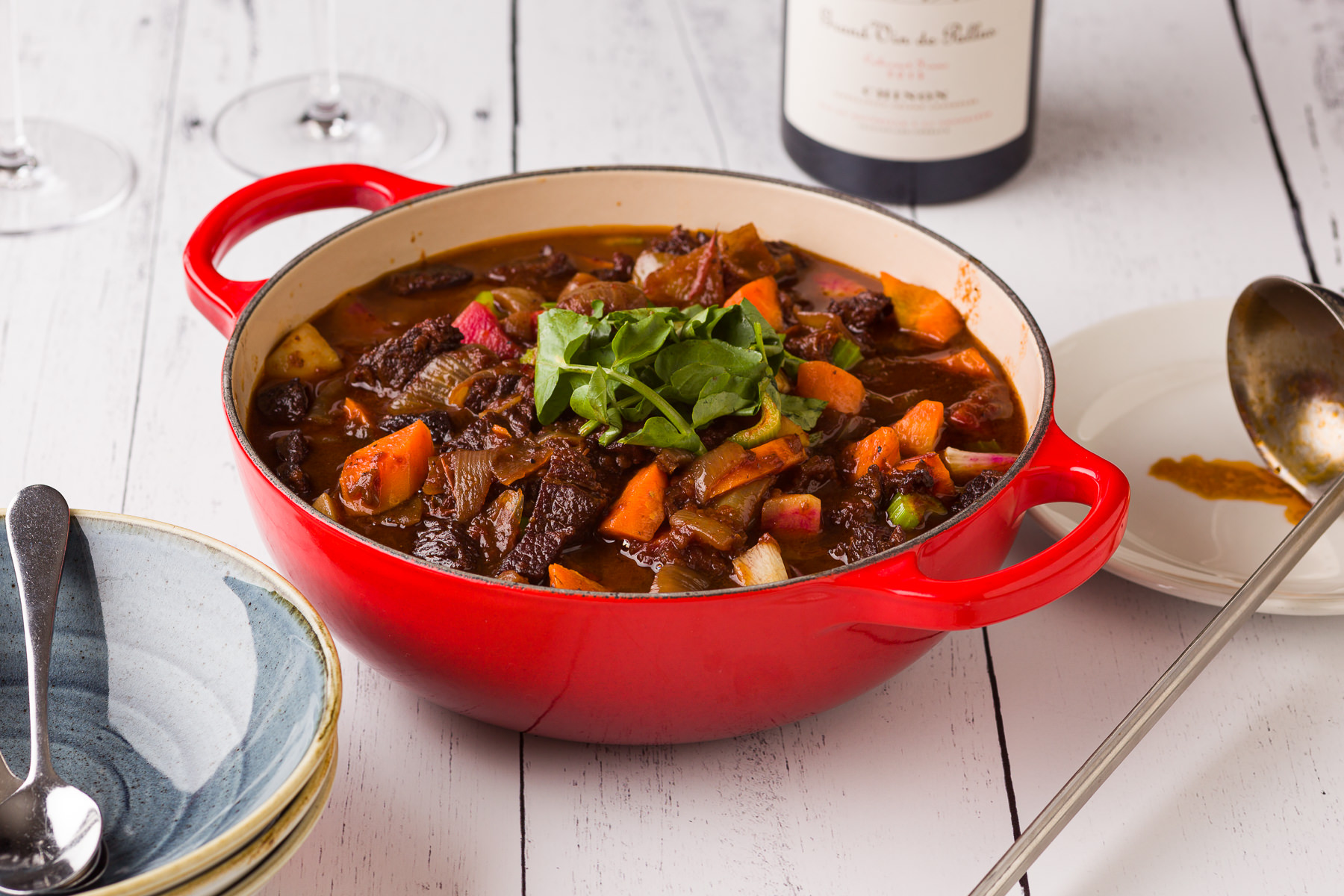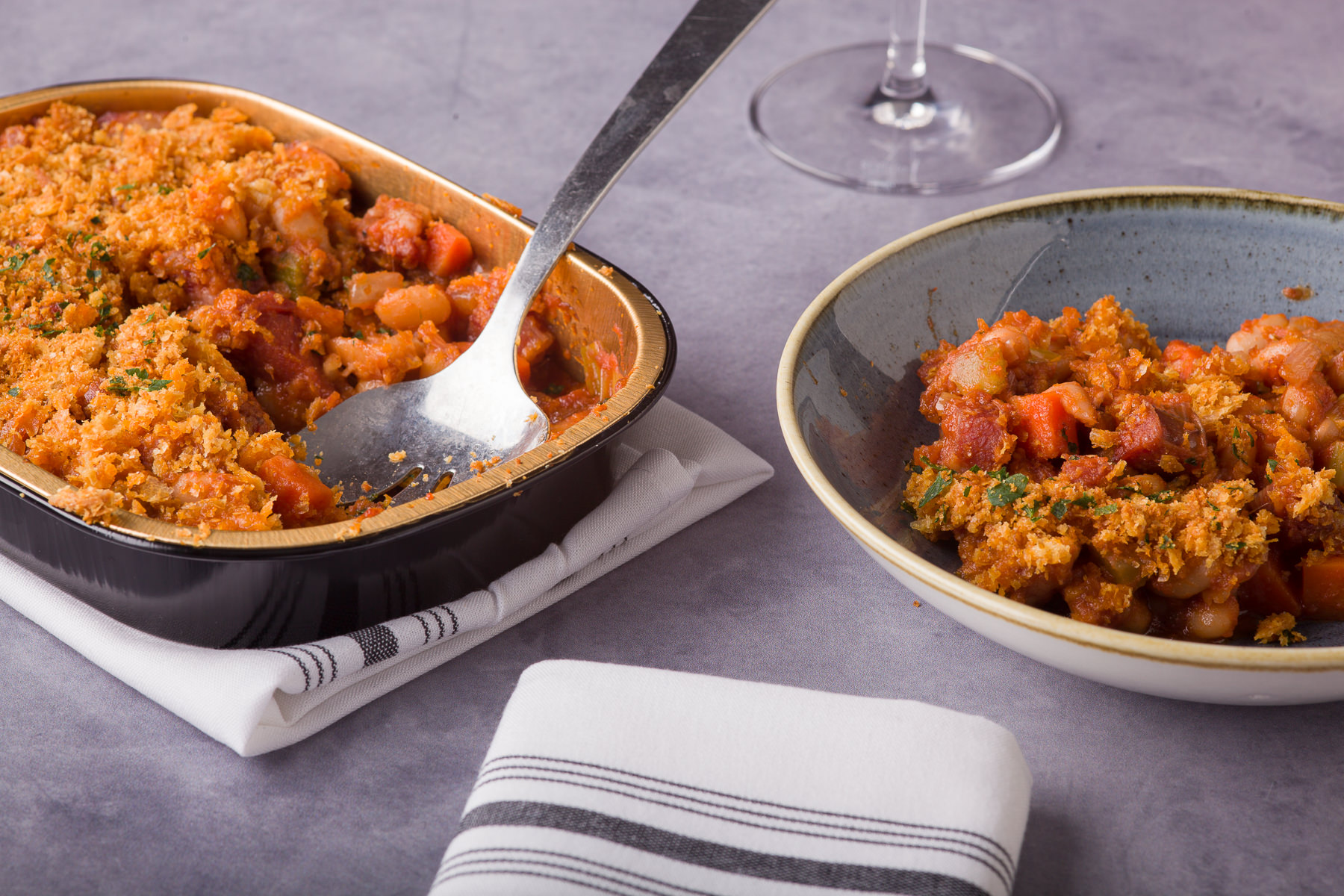
“The discovery of a new dish confers more happiness on humanity than the discovery of a new star.”
These words were penned by Jean Brillat-Savarin in his book Physiology of Taste (1825), one of the founding works of gastronomic writing. It seems fitting then that Cadre will be focusing this week on the birthplace of Savarin: the Pays of Bugey, Savoie, and the Northern Rhône. This diverse, folded landscape encompasses the steep slopes of the Rhône River Valley south of Lyon and stretches east across the sub-Alpine foothills of Bugey to France’s eastern alpine border, the historic kingdom of Savoy.
The variety of ingredients from the Rhône-Alpes, both cultivated and foraged, are equally varied: Wheat, rye, alpine herbs, olives, apricots, chestnuts, mushrooms, and honey…freshwater fish, wild game, Bresse chicken, pork, and saucisson…as well as being a mecca of cheese, combining Swiss and Piedmontese traditions with the best of France’s Jura, Auvergne, and Provençal styles. Savarin’s own nephew, Lucien Tendret, claimed that Lyonnaise cuisine would cease to exist without the Rhône-Alpes as its larder.
Selfishly, we wish to promote the wines of this region as well. Because although Côte Rôtie and Condrieu have justly received their praise, we are excited to see many small producers returning to fallow vineyards in Brézème and St. Joseph to revive ancient cuttings of Syrah and employ modern, yet arguably traditional, “natural” wine methods like organic viticulture, harvesting by hand, the use of wild yeasts, and bottling their wines unfined and unfiltered before careful cellaring. And we believe Savoie and Bugey also deserve a revival for their use of indigenous grape varietals and ancestral methods to make crisp, food-friendly whites, floral and herbaceous reds, and pétillant naturel wines that are the furthest pendulum swing from a New World Cabernet, that make every popped cork feel like an act of rebellion.
Savarin’s most famous quote though is: “Tell me what you eat and I will tell you what you are.”
What then is a gastromond of the Pays de Rhône-Alpes: Complex, diverse, nourishing, and in need of a renaissance moment. Thankfully, this is a week in which our stars our changing, and we are ready to rediscover that happiness in a new cuisine.
Pays de Rhône-Alpes Menu
Les Gougères
The complete history of the Gougères has unfortunately been lost to time and many places claim to be its origin, compounding this problem is that the format of the gougère has changed over time from being an ill-formed tart to the elegant pâte à choux we know today. Thankfully, while learning about the history of Lyonnaise cuisine we have a clue: When Catherine de Medici relocated to Lyon as Queen Consort to France in the 16th century she brought with her many skilled Florentine chefs, one of whom, named Pantanelli, invented a new method which used the steam from dough to make it rise instead of leaven. French pastry chefs like Avice and Carême developed this method further, naming the early round and wrinkly pastries choux (“cabbage”). Over time choux became a fundamental technique that has evolved into the modern profiteroles, éclairs, and beignets, even churros, and gnocchi derive from this method. The savory version, gougères are made with a simple dough, cheese, and sometimes mushrooms or ham, which are piped with a pastry tip and baked to make these gooey and airy biscuits which are now a standard snack in many wine cellars, especially in Burgundy where they are eaten cold.
Pommes Aligot
Pommes Anna combined savory duck fat with potatoes gratin. Robuchon figured out how to add the maximum amount of butter to his mashed potatoes. But Pommes Aligot is the way to combine cheese and potatoes. The method is most associated with the Auvergne region which lies to the west of the Rhône-Alpes, but is now part of its administrative department; there the dish was originally served to pilgrims along the Santiago de Compostela which, as we mentioned last week, has an original route that passes through the Rhône from Vézelay in Burgundy. The dish has since been adapted all over the world, but the choice of a floury potato and a melted regional cheese is its defining characteristic. The Savoie region, also known for its raclette and fondue, provides its Gruyère de Savoie to this week’s variation.
Chestnut Soup with Bacon Lardons
Vivarais, located in the modern department of Ardèche in the Rhône-Alpes, has been associated with chestnut production since the 1500’s and the industry is experiencing a revival there in the 21st century. Here, chestnuts are a staple food, being dried, boiled, roasted, ground into flour, or puréed into soup. The latter is known as le cousins and is made with crème fraiche, nutmeg, and chicken broth. We’ve made a vegetarian version here that shows the Piedmontese influence of Savoie, substituting chicken broth for white wine and shallot, bread as a thickener, and regionally inspired bacon lardons for flavor.
Pork Belly cured in Vermouth with Braeburn Apple and Swiss Chard
We’ve waxed lyrical about Rhône-Alpes wine and food but we have not mentioned its prodigious vermouths and liqueurs. Both the famed Chartreuse and Vermouth de Chambéry are made in the Rhône-Alpes, sourcing their hundreds of different alpine herbs from the nearby mountains. For this dish we’ve sourced pork belly from Enos Farms which we’ve dry cured in local sumac and then wet cured in Dolin Blanc Vermouth de Chambéry, this off-dry vermouth add herbaceous and oxidized notes to the pork which are complemented by sweet roasted apples and bitter Swiss chard.
Buckwheat Crêpe with Oyster Mushrooms and Squash (V)
Over the next few weeks, we will gradually be shifting our tour from Eastern France to Le Nord along the Belgian border and Normandy coast. There we will be visiting the birthplace of the crêpe in Brittany. Foreshadowing these menus, we felt inspired to make a crêpe with some whole ingredients sourced from Wisconsin, but common to the Alpes, so we have combined local oyster mushrooms grown at Vitruvian Farms in McFarland with butternut squash, and a tart gastrique made from elderberries (whose flowers are another foraged Alpine herb).
Torte de Savoie
Inspired by the techniques of contemporary pastry chef, Cédric Grolet (Insta: @cedricgrolet), our Sous Chef Tyler Sundby designed this sweet torte using ingredients common to the whole of the Rhône-Alpes beginning with a chestnut flour and almond marzipan, complemented by roasted Braeburn apples in winter spices finished with a chestnut mousse and caramelized puff pastry garnish.


